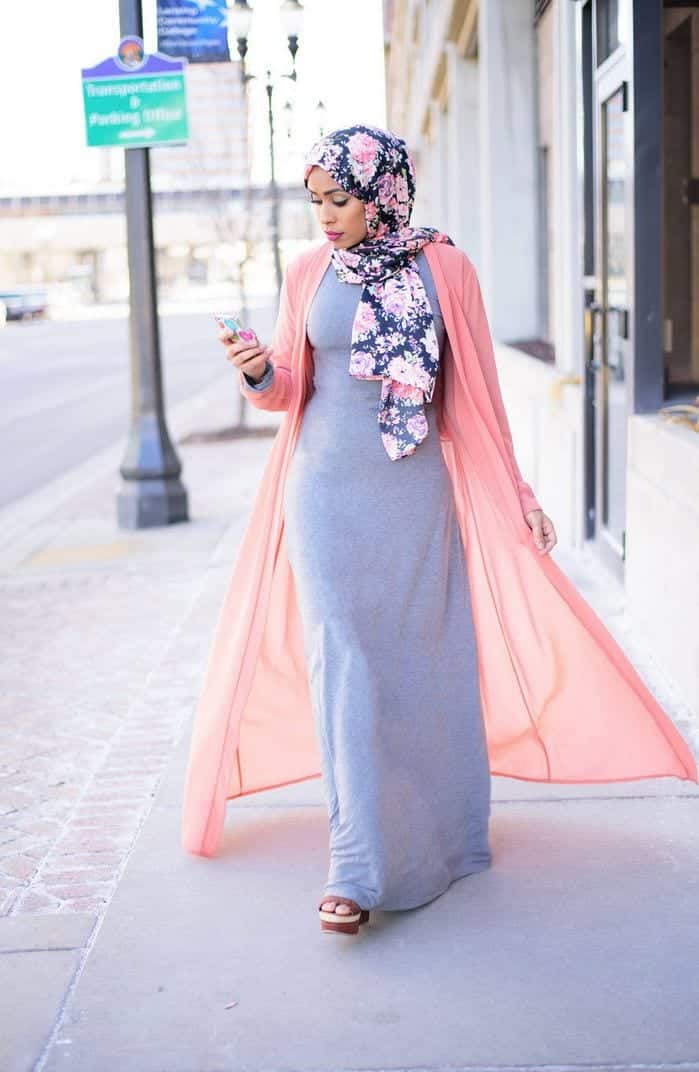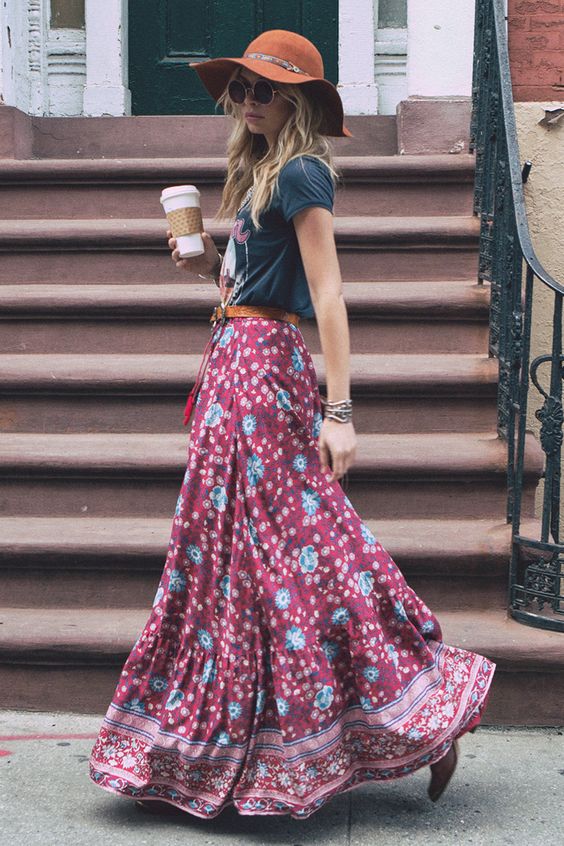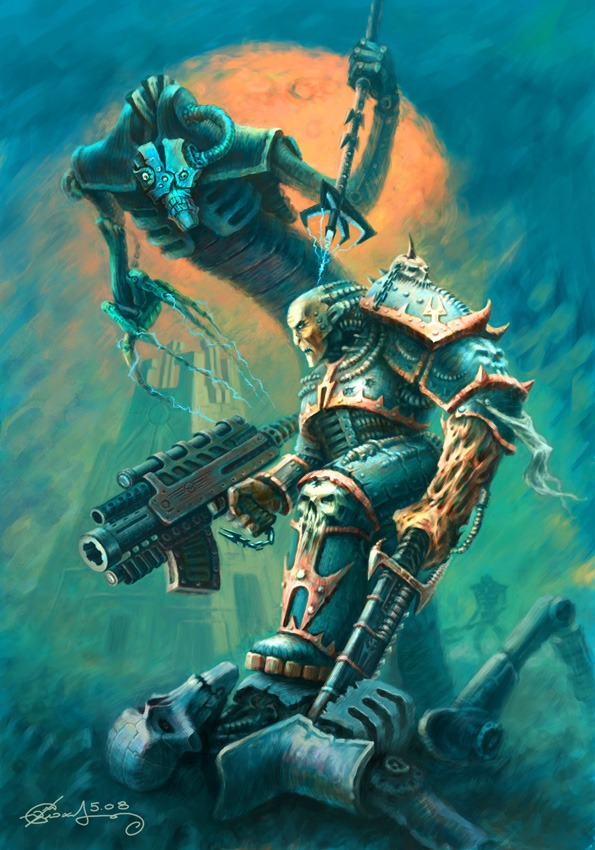Different Types Of Artwork Styles will be the topic of our conversation on this particular occasion. There is, without a doubt, a great deal of information pertaining to 9 Styles Of Art That Will Always Be Popular available on the internet. As a result of the rapid development of social media, it is now much simpler for us to acquire new information.
There is a connection between the pieces of information pertaining to Modern Art Styles, Types of Art – [Movements and Styles], and 25 Different Types of Painting Styles and Techniques Explained. Regarding the other items that need to be searched, one of those things is concerning Digital Art Styles, which will also have something to do with Artist Style Clothing.

27 Reference List: Different Types Of Artwork Styles | Different Art Techniques
- Part of the joy of painting in the 21st century is the wide range of available forms of expression. The late 19th and 20th centuries saw artists make huge leaps in painting styles. Many of these innovations were influenced by technological advances, such as the invention of the metal paint tube and the evolution of photography , as well as changes in social conventions, politics, and philosophy, along with world events. - Source: Internet
- Part of the appreciation of fine art is the range of art painting styles to admire and choose from. As a fan of art, you will enjoy the experience more when you understand which particular art style you happen to be viewing at the moment. Here is an overview of the seven most popular art painting styles in no specific order. - Source: Internet
- Lowbrow, also called pop surrealism, is an art movement that grew out of an underground California scene in the 1970s. Traditionally excluded from the fine art world, lowbrow art moves from painted artworks to toys, digital art, and sculpture. The genre also has its roots in underground comix, punk music, and surf culture, with artists not seeking acceptance from mainstream galleries. By mixing surrealism imagery with pop colors or figures, artists achieve dreamlike results that often play on erotic or satirical themes. The rise of magazines like Juxtapoz and Hi-Fructose have given lowbrow artists a forum to display their work outside of mainstream contemporary art media. - Source: Internet
- Those are the 25 most popular painting styles and techniques that have certainly come a long way since their origin. We hope you thoroughly enjoyed reading this article as much we did writing about each of these painting varieties. So, what’s your favorite painting style and why do you like it better than others? - Source: Internet
- Let’s get digital. No need to worry about paint spills or standing for long hours. This technique can be completed at the comfort of your home. As the name suggests, digital painting is the art of creating artwork on a computer. - Source: Internet
- Entering the art world can be intimidating, but there’s no shame in being a newbie. Classic art isn’t just for collectors with millions of dollars at their disposal. There’s a lot you can learn from studying different art styles. - Source: Internet
- Minimalism represents only whatever the artist presents rather than an imitation or allusion to anything outside the artwork itself. In other words, it stands completely alone rather than referencing another work. This is an extension of abstract expressionism. - Source: Internet
- Minimalism is a style that became popular in the early twentieth century. The art form is based on a few simple geometric shapes, such as lines and rectangles. Minimalism uses these shapes to create beautiful artwork. - Source: Internet
- It is so interesting how intertwined we find the history of peoples and the history of art. Shifts in artistic styles and vision came as a response to major changes in the atmosphere of society at the turn of the century in Europe. Artists reflected the psychological impact of urbanization and technology developments by evolving from a realistic representation of imagery and scenes toward renderings of how the world affected them from an emotional a psychological standpoint. - Source: Internet
- Abstract art is artwork that doesn’t resemble anything from “real life.” It’s an art style that is intentionally non-representational and seeks to achieve its point or subject using shapes, forms, colors, and textures. Every object on the canvas is represented by either colors or shapes. For example, colors can represent emotions, and shapes can symbolize objects. - Source: Internet
- When we’re deciding on works of art to decorate our own homes, we have an opportunity to choose from the styles of art we love the most. However, that doesn’t mean we suddenly box ourselves in. It just means knowing more about how to best find the art you’re going to love the most. - Source: Internet
- Acrylic paint is actually a more recent invention, coming into vogue during the 20th century. Because of this medium’s chemical composition, acrylic paints dry faster and retain their original coloring for decades. Moreover, acrylic paint offers the highest level of detail, thus a great choice for types of painting styles showcasing fine, crisp detail. - Source: Internet
- Interior Design Tip: You can use watercolor paintings in two ways – to accentuate a neutral color palette by subtly adding imagery to an otherwise bland room, or by adding a bold pop of color to the wall. To start, look at your space and consider whether you’d prefer the wall color to dominate. If you’d prefer the wall color to dominate, consider picking a similar color palette for your Paintru artwork. Conversely, if you’d prefer your watercolor painting be a focal point of the room, consider what contrasting color would create a striking counterbalance by picking contrasts from the opposite side of the color wheel. - Source: Internet
- Unlike other art styles, installation art is conceptual rather than something that is set down on paper or canvas. Instead, installations are built specifically for a site, are larger than any other type of art, and involve mixed media. Its surroundings are often incorporated into the art itself. - Source: Internet
- There are many different types of art that fall under the umbrella of surrealism. This type of art is usually characterized by its dream-like qualities, and it often shows things in a distorted manner. Some common examples of surrealistic artwork include paintings, drawings, and sculptures. - Source: Internet
- There are a variety of different types of painting mediums that artists use to create beautiful artworks. Some of the most popular types of painting mediums include oil painting, watercolour painting, and acrylic painting. Each type of painting has its own unique advantages and disadvantages. In addition to the mediums that artists choose to use in their art practice, painters can also choose to paint in a particular art style and with a set of techniques. - Source: Internet
- Part of studying various types of art is learning about technique. The techniques an artist uses to produce their work is called style. There are countless different styles of art, but we’ll discuss the most recognizable art styles over the centuries. Learning to differentiate between the types of art will help you develop your own taste in art. - Source: Internet
- Photorealism is an art style where the artwork looks as realistic as a photo. Most are created with only a pen, pencil, or brush. They are so realistic, you’ll wonder if the artist has cheated the viewer and used a camera or digital medium. - Source: Internet
- This list outlines seven major styles of art (sometimes referred to as “schools” or “movements”), some much more realistic than others. Although you won’t be part of the original movement—the group of artists who generally shared the same painting style and ideas during a specific time in history—you can still paint in the styles they used. By learning about these styles and seeing what the artists working in them created and then experimenting with different approaches yourself, you can begin to develop and nurture your own style. - Source: Internet
- The original group, which included Claude Monet, Pierre-Auguste Renoir, Alfred Sisley, and Frédéric Bazille, was formed in the early 1860s in France. Additional artists would join in forming their own society to exhibit their artwork after being rejected by the traditional French salons, who deemed it too controversial to exhibit. This initial underground exhibition, which took place in 1874, allowed them to gain public favor. - Source: Internet
- Baroque originated in Rome around 1600 and spread quickly to Catholic countries. It ruled the arts until around 1760 when it gave way to Rococo and later Neoclassical styles. Baroque was applied to music, architecture, opera, painting, sculpture and other arts. - Source: Internet
- Painterly is characterized by visible brushstrokes and texture left in the paint medium. Artists can create a painterly style using oils, acrylics, watercolors, gouache, or any medium where a brush is used. Painterly artists make no attempt to hide their brushwork that is loosely and quickly applied unlike other art styles that’s goal is to achieve a finished product with no brush marks. The paint can be applied thickly or thinly either way they both are considered painterly. - Source: Internet
- Avan Garde artists of the late 19th and early 20th centuries began to turn away from realism and create artworks composed of lines shapes and colors not previously recognized within fine art. Impressionism, among other art movements, was an influencing factor on the rise in popularity of this style. Like Expressionism, abstraction focused on a few key formal elements to manipulate and distort realistic representation with a clear emphasis on portraying light. - Source: Internet
- Modern art, which covers works from the 1860s to the 1970s, strayed from traditional techniques and styles. As Modern art refers to a period in time rather than a type of art, it’s often tricky to define. However, The Art Story states modern art is characterised by ‘the artist’s intent to portray a subject as it exists in the world, according to his or her unique perspective and is typified by a rejection of accepted or traditional styles and values’. - Source: Internet
- For instance, did you know that Impressionism was once considered an underground, controversial movement or that Abstract Expressionism signaled a shift in the art world from Paris to New York? Like building blocks, from Realism to Lowbrow, these different types of art are interconnected. As the creative pendulum swings, artistic styles are often reactions against or homages to their predecessors. And by looking back at some of the most important art movements in history, we have a clearer understanding of how famous artists like Van Gogh, Picasso, and Warhol have revolutionized the art world. - Source: Internet
- Pop art paintings tend to focus on bold colors and realistic imagery. There is usually no hidden meaning in the composition either. Pop artists rarely use any of the traditional techniques of perspective to create an illusion of realism in the painting. Some pop artists use mass production techniques such as silk screening to replicate their works, mirroring the manufacturing process of consumer goods. Because of its commercial imagery, pop art is one of the most recognizable modern art styles. - Source: Internet
- Again originating from France, this type of art developed between 1886 and 1905 as a response to the Impressionist movement. This time, artists reacted against the need for naturalistic depictions of light and color in Impressionist art. As opposed to earlier styles, Post-Impressionism covers many different types of art, from the Pointillism of Georges Seurat to the Symbolism of Paul Gauguin. - Source: Internet
 To get you started, here are some pointers to consider when searching for information regarding Wall Painting Techniques Texture:
- Do some research to find Art Styles List With Pictures-related information from reputable sources. This may include professional journalists, as well as online libraries and other websites.
- When looking for information regarding different types of painting styles, it is crucial to be aware of the various types of sources that can be found through electronic media. Some examples of these types of sites include Google and YouTube. There is also the possibility of obtaining information about Types Of Painting Materials from various social media sites, such as Facebook and Twitter. This is another another potential source.
To get you started, here are some pointers to consider when searching for information regarding Wall Painting Techniques Texture:
- Do some research to find Art Styles List With Pictures-related information from reputable sources. This may include professional journalists, as well as online libraries and other websites.
- When looking for information regarding different types of painting styles, it is crucial to be aware of the various types of sources that can be found through electronic media. Some examples of these types of sites include Google and YouTube. There is also the possibility of obtaining information about Types Of Painting Materials from various social media sites, such as Facebook and Twitter. This is another another potential source.Video | Different Types Of Artwork Styles
Reading and doing research on the authenticity of each source are both essential if you want to discover the greatest information there is about Wall Painting Styles. Your understanding of Creative Paint Techniques will be improved by watching the many videos on 14 Different Types of Paint Finishes for Interior and Exterior Surfaces that are included in this page. These films come from a variety of different sources. Finding knowledge on a wide range of subjects is made much simpler by making use of the internet as a resource.
## Here are some crucial points concerning different types of art styles:- Different Types Of Artwork Styles
- Different Types Of Art Styles
- Different Types Of Painting Styles
- Different Types Of Painting Styles For Walls
- Different Types Of Art Styles List

You won’t have any trouble finding the information you’re looking for because there are so many websites and forums on the subject of 15 Faux Painting Techniques and Ideas.
When it comes to obtaining information on Know Your Art Painting Styles: 7 Most Popular, the majority of individuals are more accustomed to using a different route. It enables a more in-depth look at the information regarding 9 Styles Of Art That Will Always Be Popular’s content and how it may be used, which is really helpful.

strategies to design information displays that are both aesthetically pleasing and functional that pertain to types of artwork styles. They are useful in commercial and marketing settings, and they can also be put to use to convey information on Painting Styles List. As a result, we also supply some photos pertaining to Wall Painting Ideas.
In summary, this article offers a comprehensive analysis of Easy Paint Designs For Walls. In addition, Drawing Styles and different types of art styles list are mentioned here as a comparison of your knowledge regarding Types of Art – [Movements and Styles].